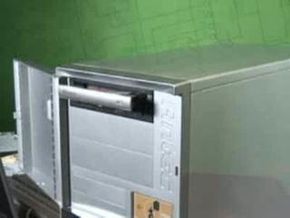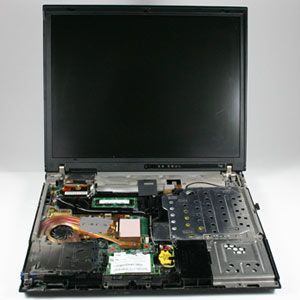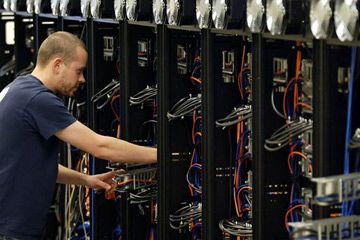A motherboard is the main circuit board of any electronic application. Your computer has a motherboard where many of your computer's systems are either directly installed or joined to it by a secondary connection.
Your computer's central processing unit (CPU) is installed on the motherboard. The CPU is your computer's brain. Anything your computer does or wants to do is run through the CPU. The motherboard also holds your computer's memory, which is really just a special type of data storage -- a particularly fast type of data storage. Your computer's memory is usually made up of few different types of data storage. The random-access memory (RAM) temporarily holds the information your computer needs right now. A subset of RAM memory is called the cache. The cache holds frequently used data in especially fast RAM. The cache is memory that connects directly to the CPU on the motherboard. Another type of RAM memory is virtual memory. Virtual memory is not on the motherboard, but rather it’s part of the hard disk drive itself. The virtual memory holds the data the RAM will need quick access to but isn't being used by the RAM in that moment. The virtual memory is sort of a quick-swap holding area for data needed by the RAM.
Advertisement
The read-only memory (ROM) is a permanent data storage that holds information the computer needs that doesn't change. For example, a type of ROM memory is your computer's BIOS - basic input/output system. The BIOS is the first source of data accessed by your computer when it's powered on.
An example of a system that is connected to your computer's motherboard, but might not be installed directly on it, would be a sound card. Depending on your specific machine, its sound card may be installed directly on the motherboard, or it can connect to the motherboard through an expansion slot.
Advertisement



